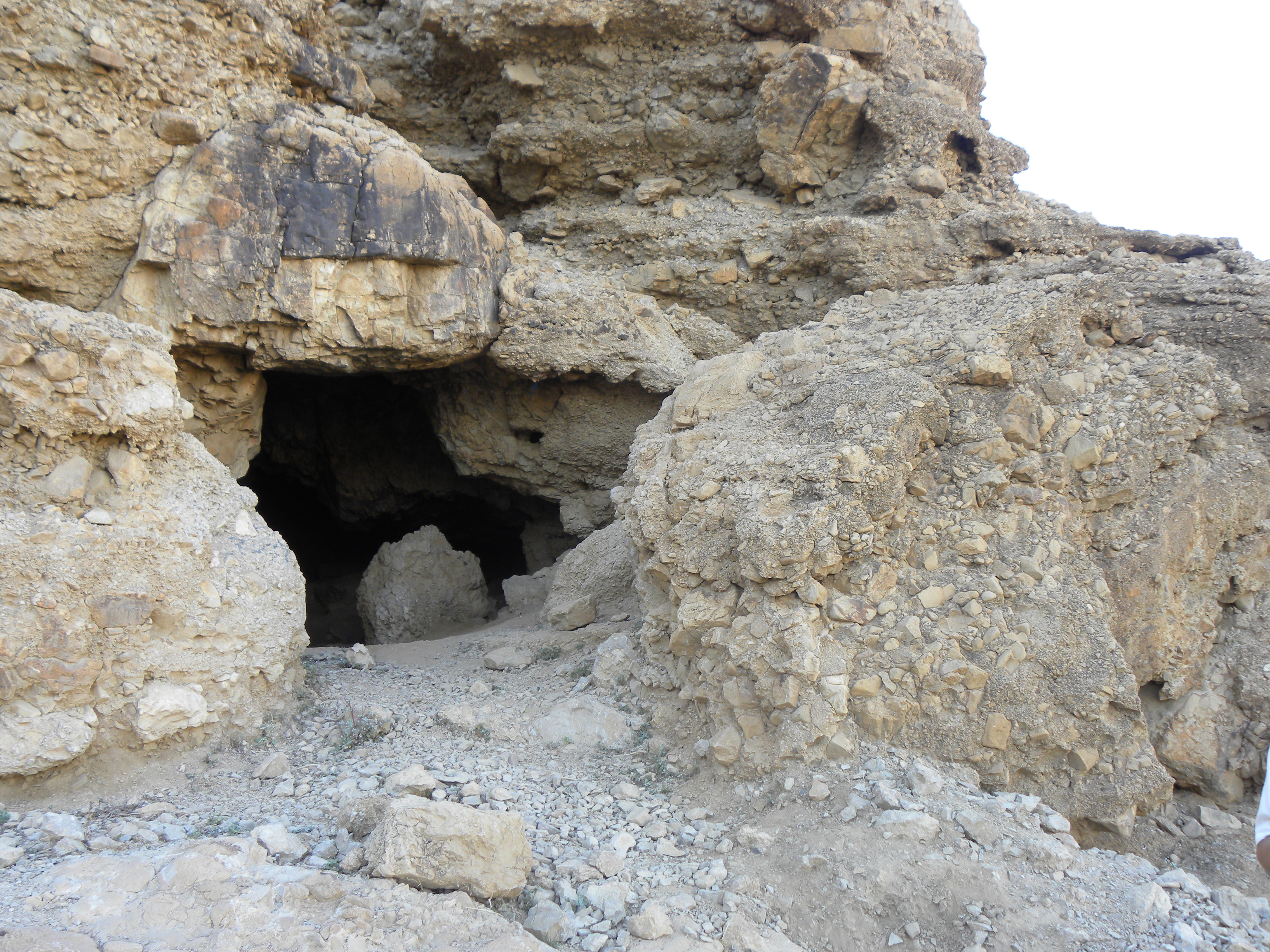|
11QpaleoLev
Paleo-Hebrew Leviticus Scroll, known also as 11QpaleoLev, is an ancient text preserved in one of the Qumran group of caves, and which provides a rare glimpse of the script used formerly by the nation of Israel in writing Torah scrolls during its pre-exilic history. The fragmentary remains of the Torah scroll is written in the Paleo-Hebrew script and was found stashed away in cave no. 11 at Qumran, showing a portion of Leviticus. The scroll is thought to have been penned by the scribe between the late 2nd-century BCE to early 1st-century BCE, while others place its writing in the 1st-century CE. The paleo-Hebrew Leviticus Scroll, although many centuries more recent than the well-known earlier ancient paleo-Hebrew epigraphic materials, such as the Royal Steward inscription from Siloam, Jerusalem (eighth century BCE), now in the Museum of the Ancient Orient, Istanbul, and the Phoenician inscription on the sarcophagus of King Eshmun-Azar at Sidon, dating to the fifth-fourth century ... [...More Info...] [...Related Items...] OR: [Wikipedia] [Google] [Baidu] |
Paleo-Hebrew
The Paleo-Hebrew script ( he, הכתב העברי הקדום), also Palaeo-Hebrew, Proto-Hebrew or Old Hebrew, is the writing system found in Canaanite inscriptions from the region of biblical Israel and Judah. It is considered to be the script used to record the original texts of the Hebrew Bible due to its similarity to the Samaritan script, as the Talmud stated that the Hebrew ancient script was still used by the Samaritans. The Talmud described it as the "Libona'a script" ( he, לִיבּוֹנָאָה ''Lībōnāʾā''), translated by some as "Lebanon script". Use of the term "Paleo-Hebrew alphabet" is due to a 1954 suggestion by Solomon Birnbaum, who argued that " apply the term Phoenician to the script of the Hebrews is hardly suitable". The first Paleo-Hebrew inscription identified in modern times was the ''Shebna inscription'', found in 1870, and then referred to as "two large ancient Hebrew inscriptions in Phoenician letters".Clermont-Ganneau, 1899Archaeological Resear ... [...More Info...] [...Related Items...] OR: [Wikipedia] [Google] [Baidu] |

